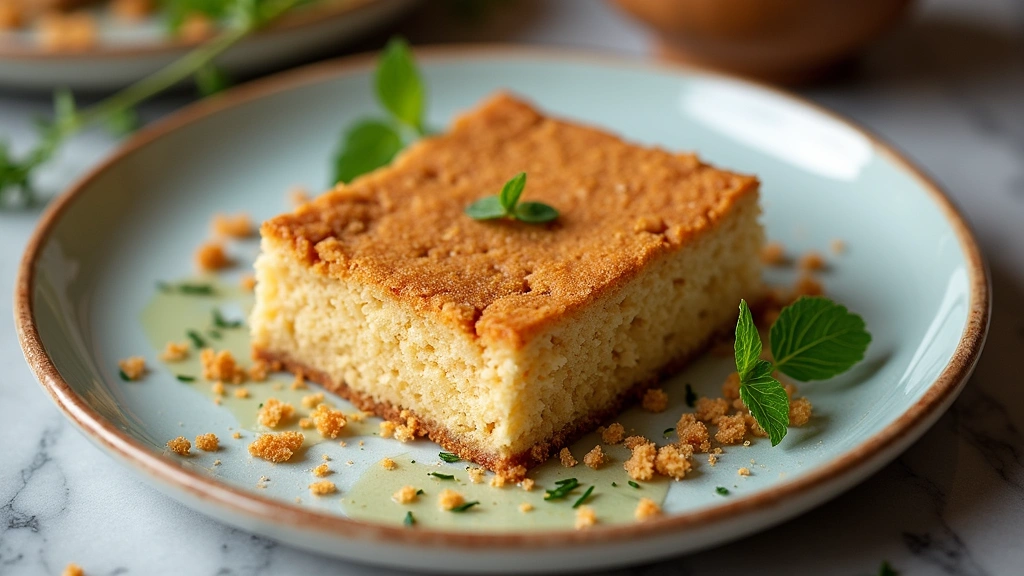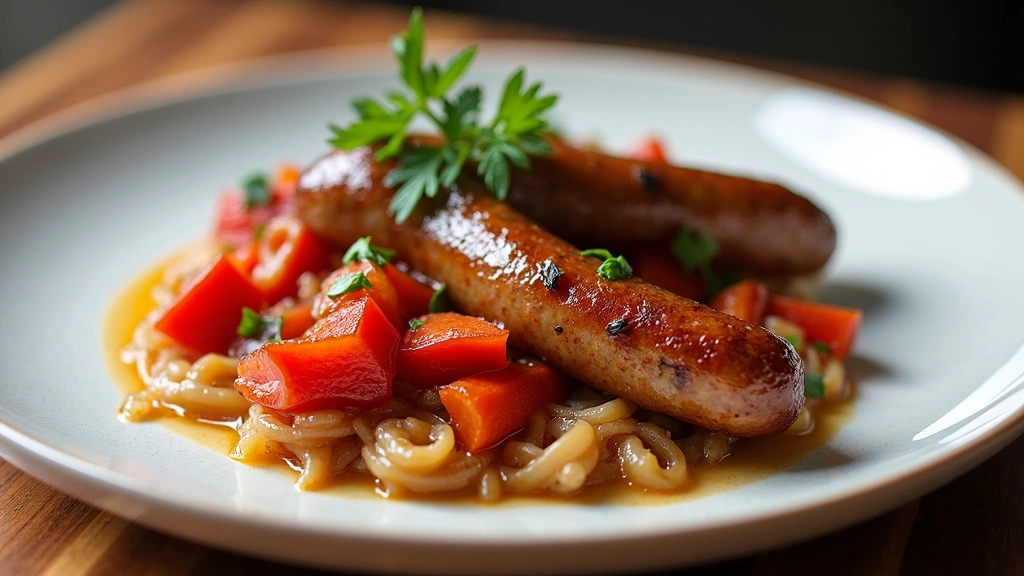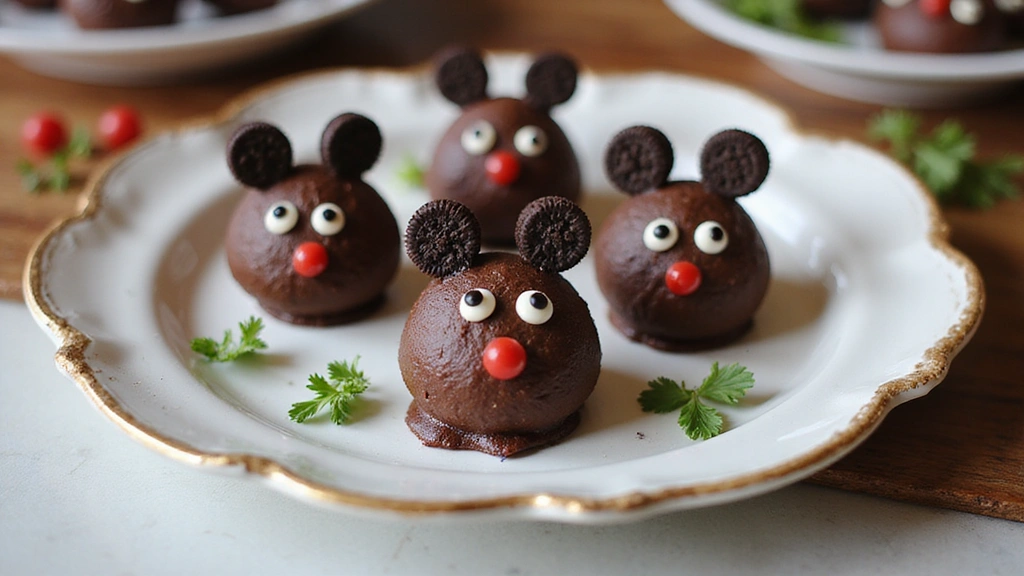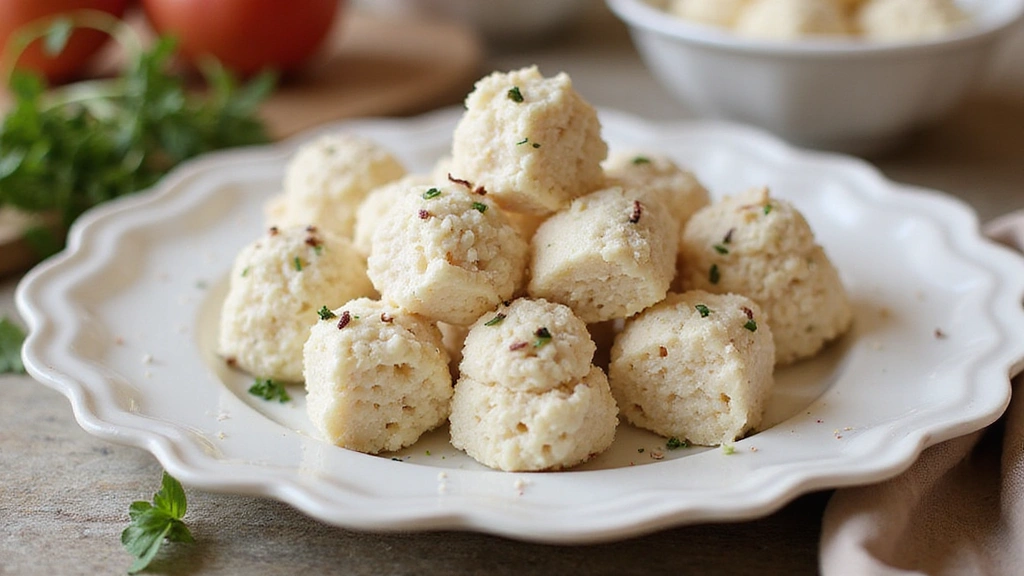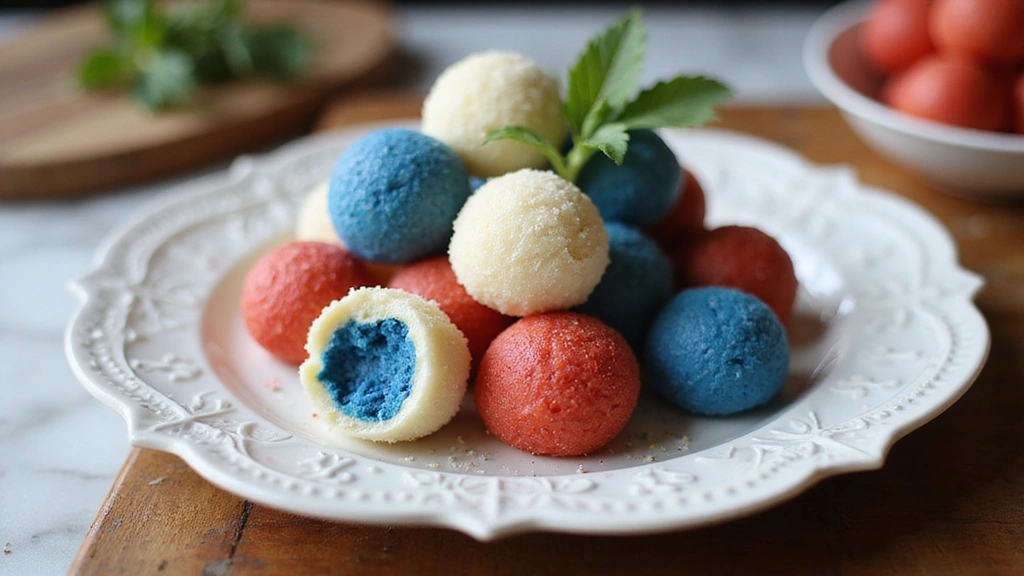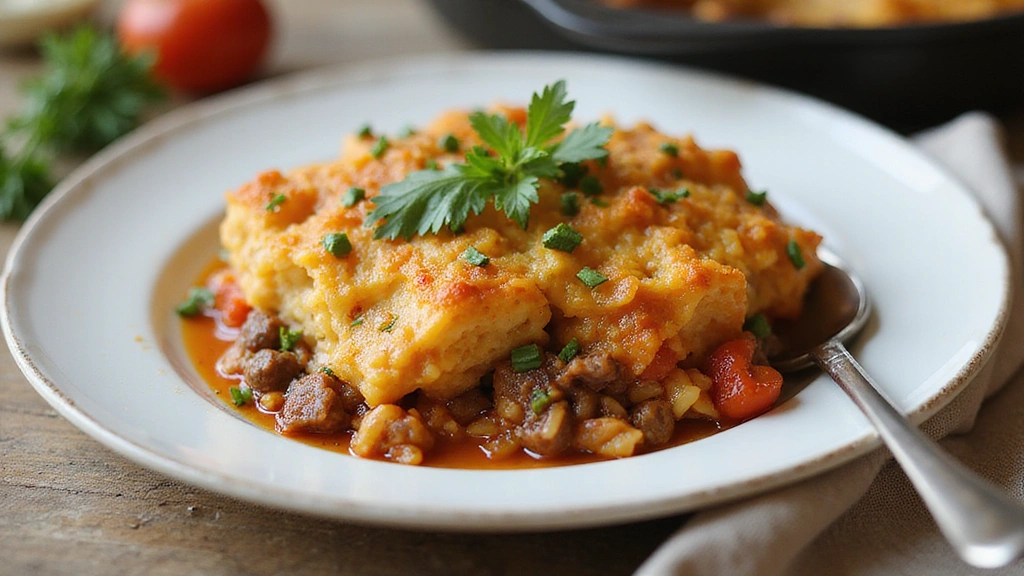The rich, caramelized flavor of Biscoff cookies transforms the humble pie crust into a decadent base that elevates any dessert.
Unlike traditional graham crackers, Biscoff cookies add a warm, spiced undertone reminiscent of European bakeries.
I first encountered this delightful twist while attending a holiday gathering, where its unique taste left a lasting impression.
This Biscoff cookie crust is perfect for both casual family gatherings and elegant dinner parties, providing a deliciously sweet surprise.
Expect a simple yet sophisticated alternative that will become your new favorite foundation for pies, cheesecakes, and more.
The History and Cultural Significance
• Beyond Graham Crackers traces its origins to Belgium, where it was originally created by bakers seeking a flavorful alternative to traditional crusts.
• The dish evolved over decades as Biscoff cookies gained popularity, eventually becoming the beloved version we know today.
• In European cultures, this dish traditionally appears at festive occasions, symbolizing warmth and hospitality.
• While many variations exist across different regions, the authentic version maintains a buttery richness that sets it apart from imitations.
Recipe Overview
Nutritional Information (per serving)
Essential Equipment Guide
Food Processor: Using a food processor ensures the cookies are finely ground and evenly mixed with butter, creating a uniform crust. A blender can be a substitute, but look for one with strong blades.
Springform Pan: Essential for cheesecakes and tarts, a springform pan allows for easy removal without damaging the crust. Alternatives include tart pans with removable bottoms.
Offset Spatula: This tool helps evenly spread and press the crust into the pan. A flat spatula can also work, but an offset spatula provides better control.
Ingredients
For the Crust
|
| Amount | Ingredient | Notes |
|---|---|---|
| 2 cups | Biscoff cookies | finely ground |
| 6 tablespoons | unsalted butter | melted, binds the crust |
| 1 tablespoon | sugar | adds sweetness |
Preparation Methods
Cookie Grinding: Pulse the Biscoff cookies in a food processor until they reach a fine, sand-like consistency. This ensures the crust holds together well and bakes evenly.
Butter Incorporation: Gradually add melted butter while mixing to ensure each crumb is coated. This technique helps in achieving a cohesive crust that doesn't fall apart.
Pressing Technique: Use an offset spatula to press the mixture firmly into the pan, ensuring an even thickness throughout. Pay attention to the edges and corners for a uniform crust.
Step 1: Prepare the Ingredients
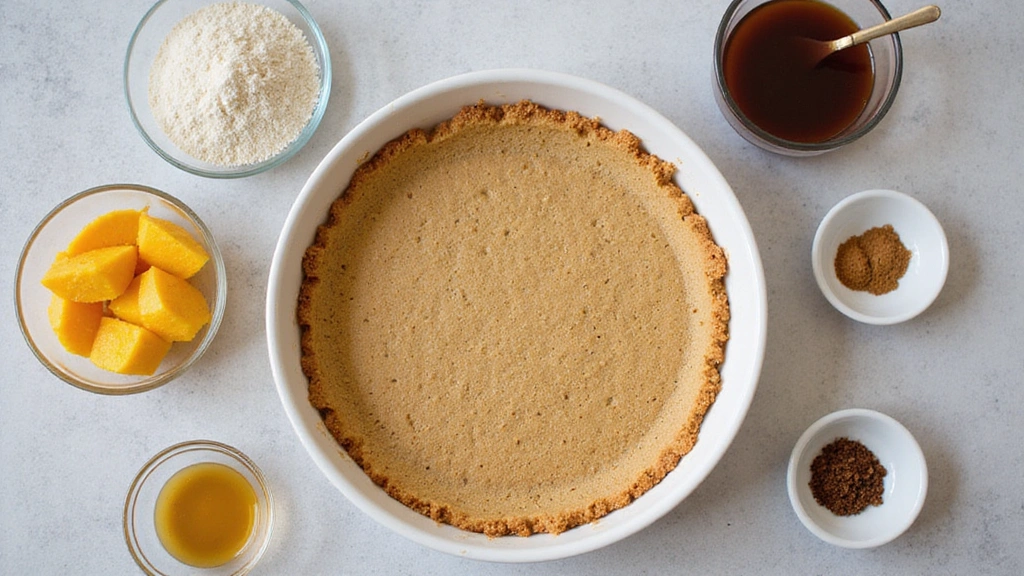
Gather all your ingredients and equipment.
Ensure Biscoff cookies are at room temperature for easier processing.
Have melted butter ready for mixing.
Preheat your oven to 350°F (175°C).
Step 2: Grind the Cookies
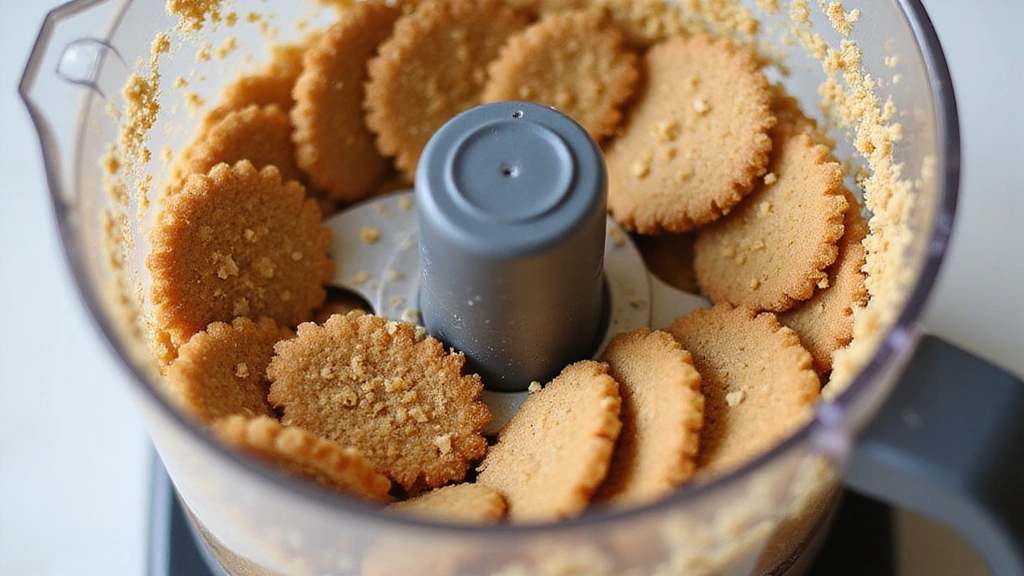
Place the Biscoff cookies into a food processor.
Pulse until the cookies become a fine, crumb-like texture.
Check for any larger pieces and pulse again if needed.
Aim for a consistency similar to wet sand.
Step 3: Mix with Butter
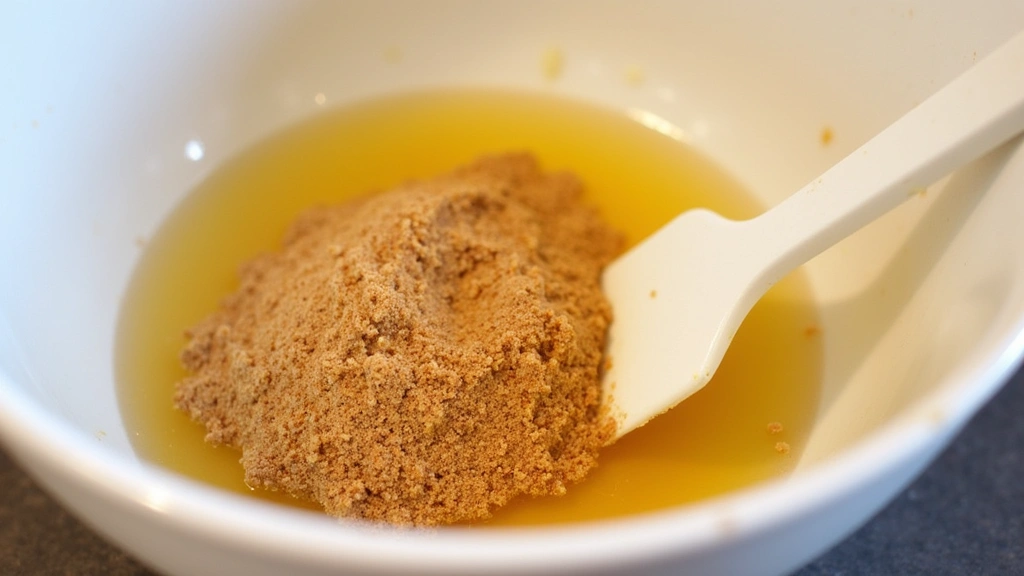
Transfer the cookie crumbs to a mixing bowl.
Gradually pour in the melted butter.
Stir with a spatula until all crumbs are evenly coated.
The mixture should hold together when pressed.
Step 4: Add Sugar
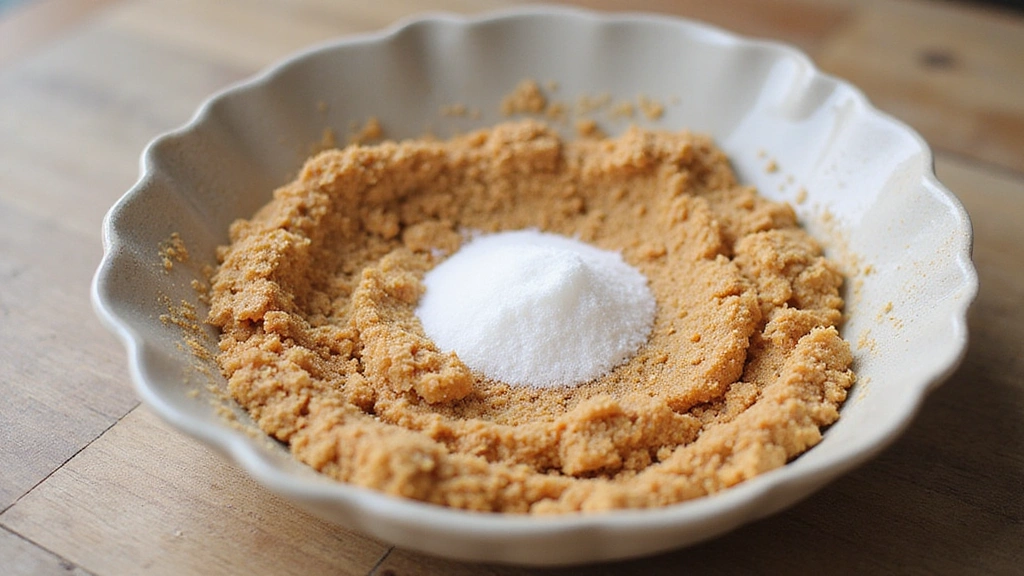
Add the sugar to the crumb and butter mixture.
Stir until the sugar is fully incorporated.
Ensure the mixture remains cohesive and not too dry.
Adjust with more butter if necessary.
Step 5: Press into Pan
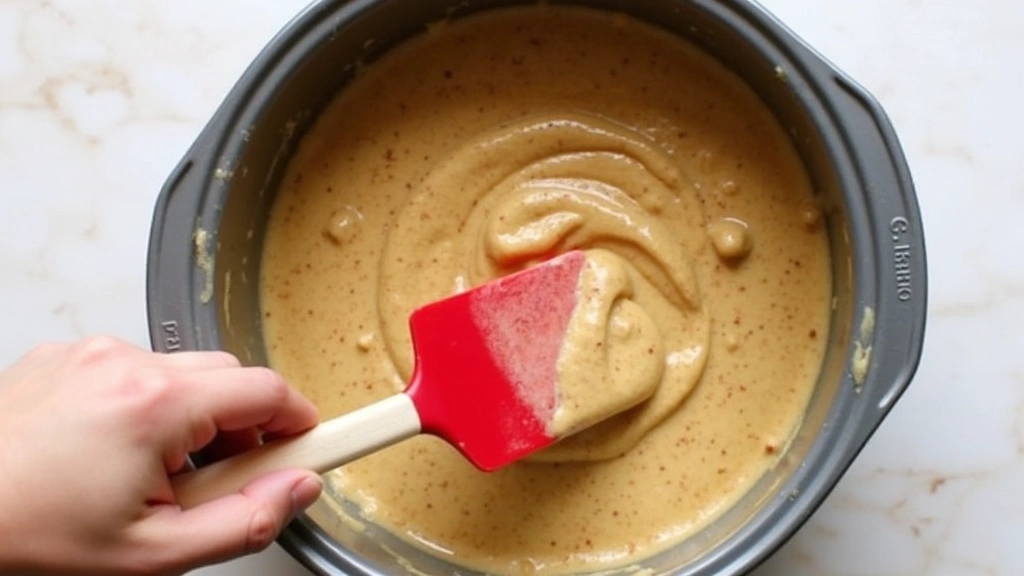
Pour the mixture into a springform pan.
Use an offset spatula to spread it evenly.
Press firmly to create an even layer across the bottom.
Make sure to press up the sides slightly for a defined edge.
Step 6: Bake the Crust
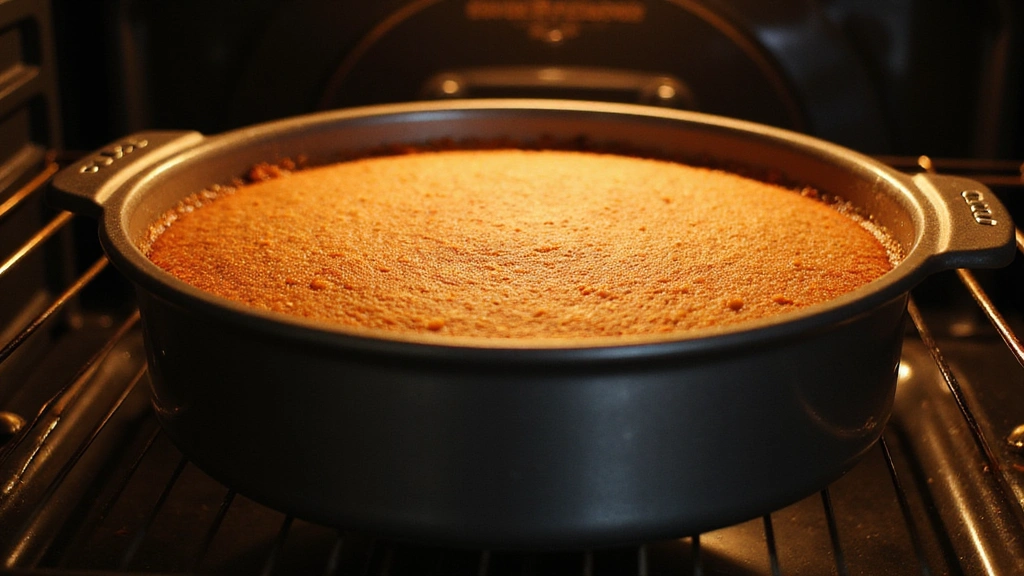
Place the pan in the preheated oven.
Bake for 10 minutes until the crust is set.
Look for a slight golden hue indicating doneness.
Remove and let cool before adding any filling.
Step 7: Cool the Crust
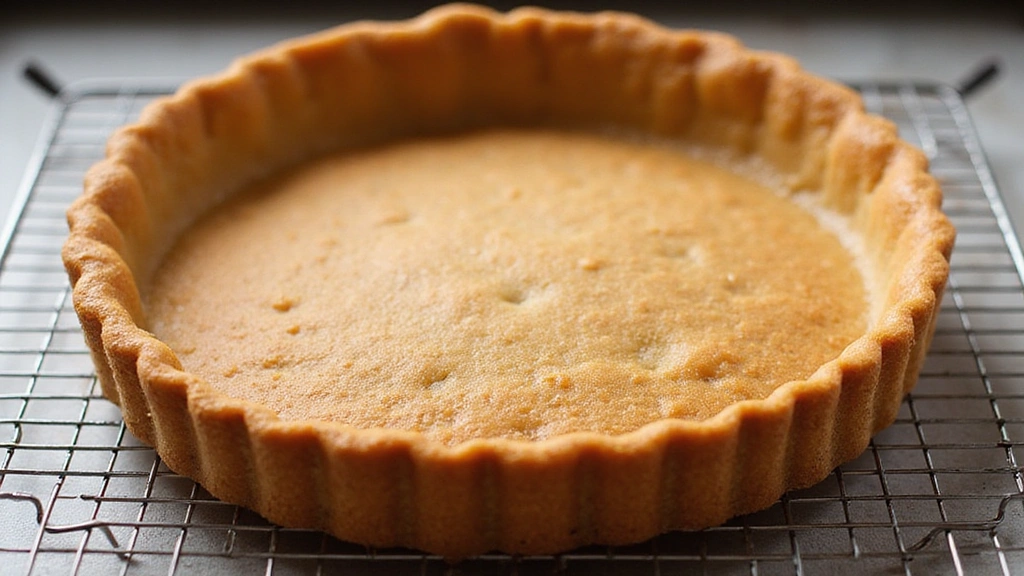
Allow the crust to cool completely in the pan.
This helps it firm up for filling.
Check for a firm and stable texture before adding fillings.
Place it in the fridge for quicker cooling, if needed.
Step 8: Fill as Desired
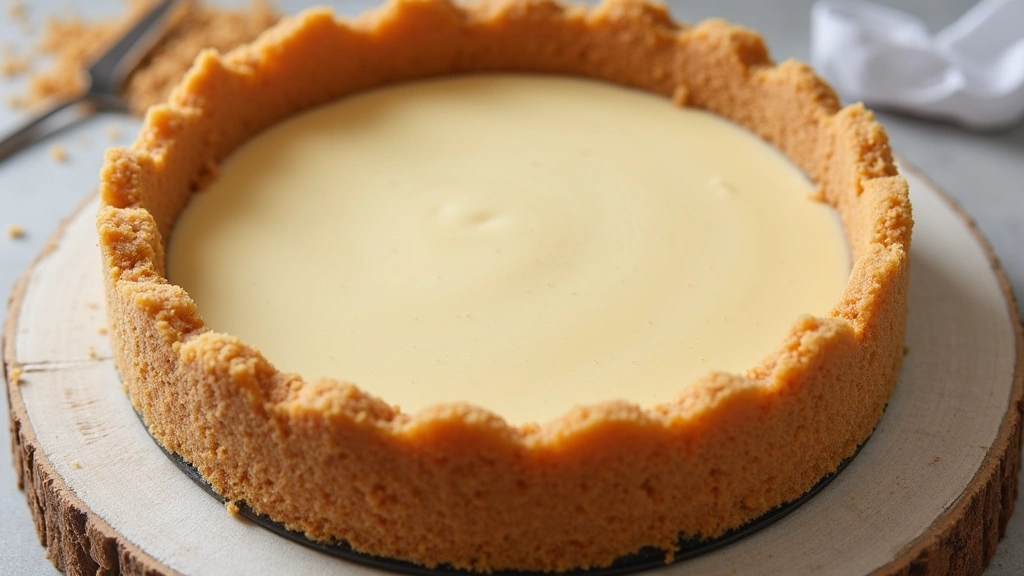
Once cooled, decide on your filling.
The crust is versatile for both creamy and fruity fillings.
Ensure filling complements the spiced flavor of the crust.
Consider cheesecakes or tarts for best results.
Critical Timing and Temperature Guide
Baking the Crust: Bake at 350°F (175°C) for exactly 10 minutes. Look for edges turning golden. Avoid over-baking to prevent a hard crust.
Cooling Period: Allow the crust to cool for at least 30 minutes at room temperature. Ensure it's fully set before adding fillings to avoid sogginess.
Chilling for No-Bake Fillings: If using no-bake fillings, chill the crust for an additional hour in the fridge to ensure stability.
Pro Tips for Beyond Graham Crackers
• Ingredient Selection: Choose fresh Biscoff cookies for the best flavor; stale cookies can compromise the taste and texture.
• Preparation Secret: Toast the cookie crumbs slightly before adding butter for enhanced flavor depth.
• Temperature Management: Ensure butter is melted but not hot to prevent premature cooking of the crumbs.
• Texture Enhancement: Press the crumbs firmly and evenly to avoid a crumbly crust.
• Flavor Layering: Add a pinch of cinnamon or nutmeg to the crust mixture for a more complex spice profile.
• Make-Ahead Strategies: Prepare the crust up to a day in advance and store in the fridge, covered, to maintain its freshness.
• Restaurant-Quality Finishing Touches: Brush the crust with a thin layer of melted chocolate before filling for added richness.
• Equipment Optimization: Use a small glass or measuring cup to press the crust evenly for a professional finish.
Troubleshooting Common Issues
• Crust Too Crumbly: This can result from insufficient butter or pressing. Ensure even butter distribution and firm pressing.
• Crust Sticks to Pan: Grease the pan slightly or line with parchment paper to prevent sticking.
• Uneven Baking: Rotate the pan halfway through baking to ensure even heat distribution.
• Flavor Too Mild: Consider adding a pinch of salt or more spice to balance sweetness.
• Crust Falls Apart: Check for proper cooling before removing from the pan; a warm crust is more fragile.
• Burnt Edges: Cover the edges with foil if they brown too quickly during baking.
Variations and Regional Differences
• Belgian Style: Uses speculoos cookies for a deeper spice profile, often paired with creamy fillings.
• American Twist: Incorporates crushed nuts like pecans for added texture and a nutty flavor.
• Gluten-Free Version: Substitute gluten-free speculoos cookies to accommodate dietary restrictions.
• Vegan Option: Use vegan butter alternatives to make the crust suitable for plant-based diets.
Food Science Behind the Recipe
• Maillard Reaction: The browning of the crust during baking enhances flavor through the Maillard reaction, which develops complex aromas and tastes.
• Emulsification: The melted butter acts as a binding agent, emulsifying the cookie crumbs for a cohesive crust.
• Thermal Conductivity: Ensuring the crust cools completely before filling prevents heat from compromising the texture of no-bake fillings.
Frequently Asked Questions
What's the most common mistake people make when preparing Biscoff cookie crust? Not pressing the crumbs firmly enough, leading to a crumbly crust.
Can I use other cookie types for this crust? Yes, but the distinctive flavor comes from Biscoff cookies. Other spiced cookies can work in a pinch.
How do I prevent the crust from sticking to the pan? Use a springform pan or line with parchment paper.
Is it necessary to bake the crust? Baking enhances the flavor and sets the crust, but for no-bake desserts, chilling alone can suffice.
How can I enhance the flavor of the crust? Add spices like cinnamon or a dash of salt to balance sweetness.
Can this crust be made ahead of time? Yes, it can be prepared a day in advance and stored in the fridge.
What fillings pair best with a Biscoff crust? Cheesecake and chocolate ganache are popular options that complement the spice.
Serving and Presentation Guide
• Traditional Presentation: Serve with a light dusting of powdered sugar for an elegant finish.
• Modern Twist: Drizzle with caramel sauce for added sweetness and visual appeal.
• Rustic Style: Pair with fresh berries for a burst of color and flavor contrast.
• Formal Occasions: Garnish with whipped cream or a sprig of mint for a sophisticated touch.
Conclusion
This Biscoff cookie crust is a delightful twist on traditional pie bases, offering a rich and spiced flavor that enhances any dessert.
With simple preparation and versatile applications, it will quickly become a staple in your dessert repertoire.
Whether for a casual meal or a special occasion, this crust promises to impress with its unique taste and texture.

